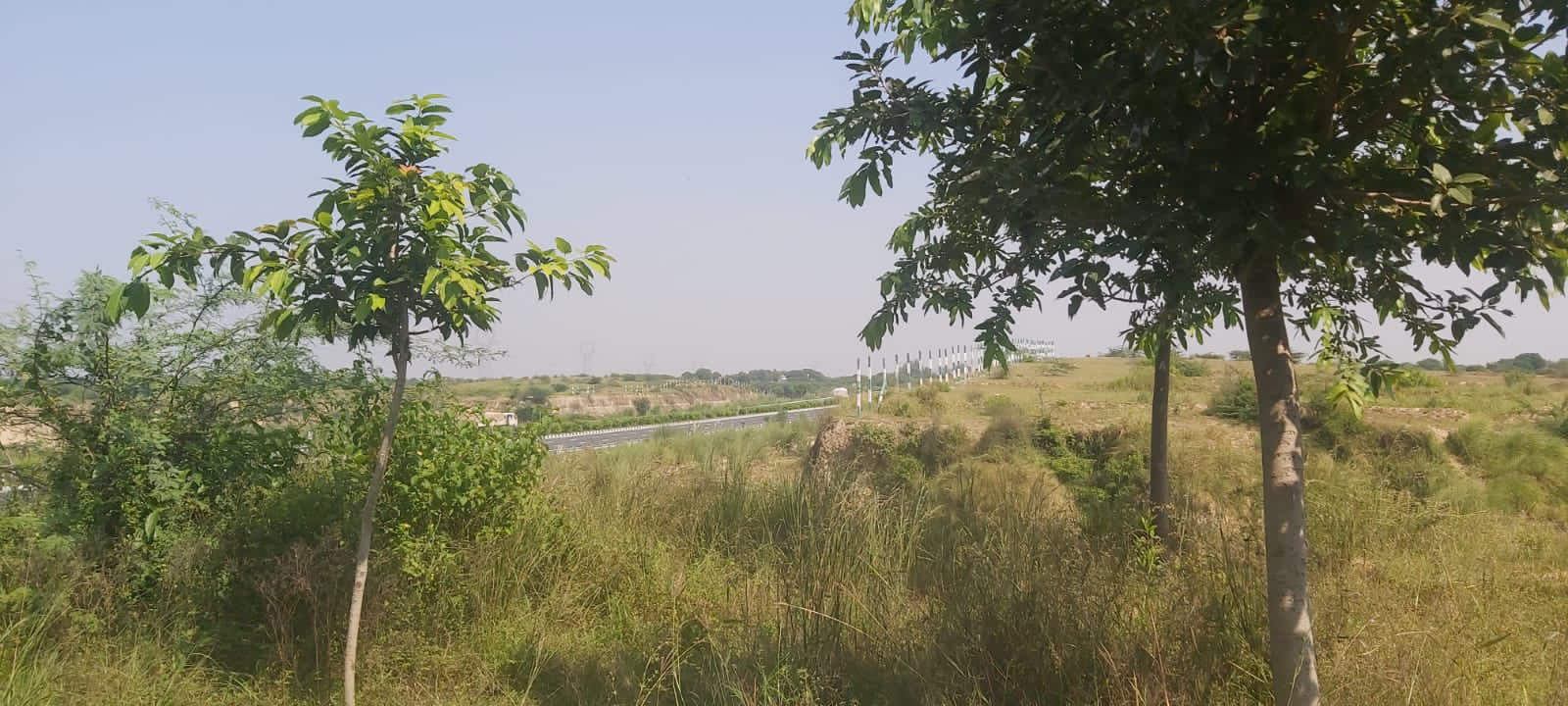Emerging Infectious Diseases
“Between animal and human medicine, there is no dividing line, nor should there be”. Rudolf Virchow (1821–1902)
Emerging infectious diseases are infections that have recently appeared within a population or those whose incidence or geographic range is rapidly increasing or threatens to increase in the near future. The World Health Organization (WHO) warned in its 2007 report that infectious diseases are emerging at a rate that has not been seen before.
Infectious diseases are caused by organisms which are known as pathogens. Many viruses, bacteria, fungi, protozoans, prions, viroids, and similar parasites are pathogens. Each type of pathogenic organism has climatic conditions it prefers. Such conditions positively affect the ability to survive and spread diseases.
According to a recent study published in Nature, atleast 10,000 virus species have the ability to infect humans but, at present, the vast majority are circulating silently in wild mammals. However, changes in climate and land use will lead to opportunities for viral sharing among previously geographically isolated species of wildlife.
Vectors (such as rodents, mosquitos, and ticks) are home to pathogens, and responsible for their reproduction and transmission; vectors help in the spread of diseases.
As the climate warms, extreme weather events like heat waves, heavy rainfall, and droughts become more common and more intense. These extreme climates create favourable conditions for disease spread. Extreme floods and hurricanes also lead to spread of diseases among the people.
World is passing through climate change and facing the climate crisis. Population explosion, urbanisation, industrialisation, agriculture expansion and intensification, deforestation, household explosion, unsustainable economic activities and change in land-use are the main factors that are equally responsible for climate change, biodiversity loss and pandemics. Such unsustainable human activities bring wildlife and humans into closer contact and increase chances of disease spillover.
The world is facing the Covid-19 pandemic, the sixth pandemic since the great influenza of 1918. Environmental degradation and ecological imbalance due to anthropogenic activities are responsible for such pandemics.
Deforestation accelerates the transmission of infectious diseases by vector displacement. Many viruses exist harmlessly with their vector or host in forests because that host has co-evolved with viruses they carry. Such vector animals move into regions where they’ve never existed before and increase our vulnerability to diseases. This creates a greater possibility of dispersion of zoonotic diseases (diseases which spillover from animals to humans) such as HIV, Ebola, Nipah, Zika, current Covid-19 etc.
The frequency of disease outbreaks, deforestation and biodiversity loss has been increasing rapidly since 1980. Between 1980 and 2013, there were 12,012 recorded outbreaks of 215 human infectious diseases, comprising 44 million individual cases in 219 nations.
The current human population of about 8.0 billion people is expected to be 10 billion by 2050. Such a growing size will create pressure on our ecosystems. Further degradation of habitats, forests and biodiversity will result in more such pandemics and epidemics.
According to WHO, human activities have significantly altered three-quarters of the land and two-thirds of the ocean, changing the planet to such an extent as to determine the birth of a new era: the “Anthropocene”. Changes in land use that bring wildlife, livestock and humans into closer contact with each other facilitate the spread of diseases, including new strains of bacteria and viruses.
Because of vaccination, many deadly diseases are now preventable. But we still lack vaccines for many potentially lethal diseases that could spread to become pandemics like COVID-19. In 2018, the World Health Organization (WHO) listed several infectious diseases that pose a serious threat to public health, most of which have no vaccines yet and few medicines, with the aim of galvanising research into them: Crimean-Congo haemorrhagic fever, Ebola virus disease and Marburg virus disease, Lassa fever, Middle East respiratory syndrome coronavirus (MERS-CoV) and Severe Acute Respiratory Syndrome (SARS), Nipah and henipaviral diseases, Rift Valley fever, Zika, Disease X etc. According to WHO, Disease X is a future disease that humans had never seen before that would cause a pandemic.
According to WHO, in November -December 2022, there were 7 different kinds of disease outbreaks reported; the diseases are: Circulating vaccine-derived poliovirus type 2 (cVDPV2) in Indonesia, Cholera in 29 countries, incidence of scarlet fever and invasive Group A Streptococcus infection in 5 European countries, Ebola disease caused by Sudan ebolavirus in Uganda, Dengue cases in Bangladesh, Middle East respiratory syndrome coronavirus (MERS-CoV) in Saudi Arabia, & Avian Influenza A (H5N1) in Spain.
Emerging infectious diseases (EIDs), especially those with zoonotic potential, are a growing threat to global health, economy, and safety.
According to WHO, between 2030 and 2050, climate change is expected to cause approximately 250000 additional deaths per year, from malnutrition, malaria, diarrhoea and heat stress. The direct damage costs to health (i.e. excluding costs in health-determining sectors such as agriculture and water and sanitation), is estimated to be between USD 2-4billion/year by 2030.
New models suggest that climate change will force animal populations to migrate, creating conditions for new viruses to emerge and jump to humans.




Comments
Post a Comment